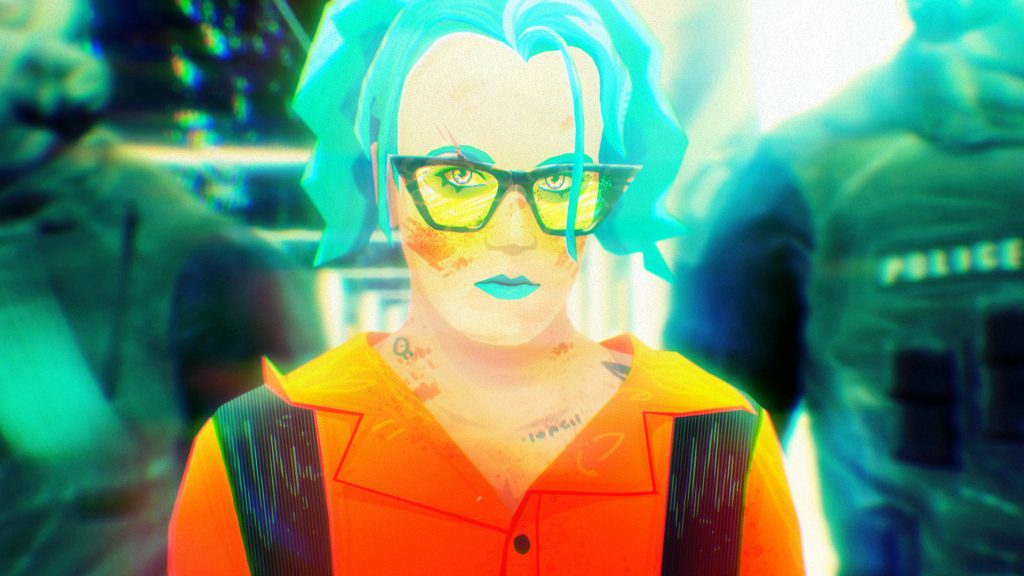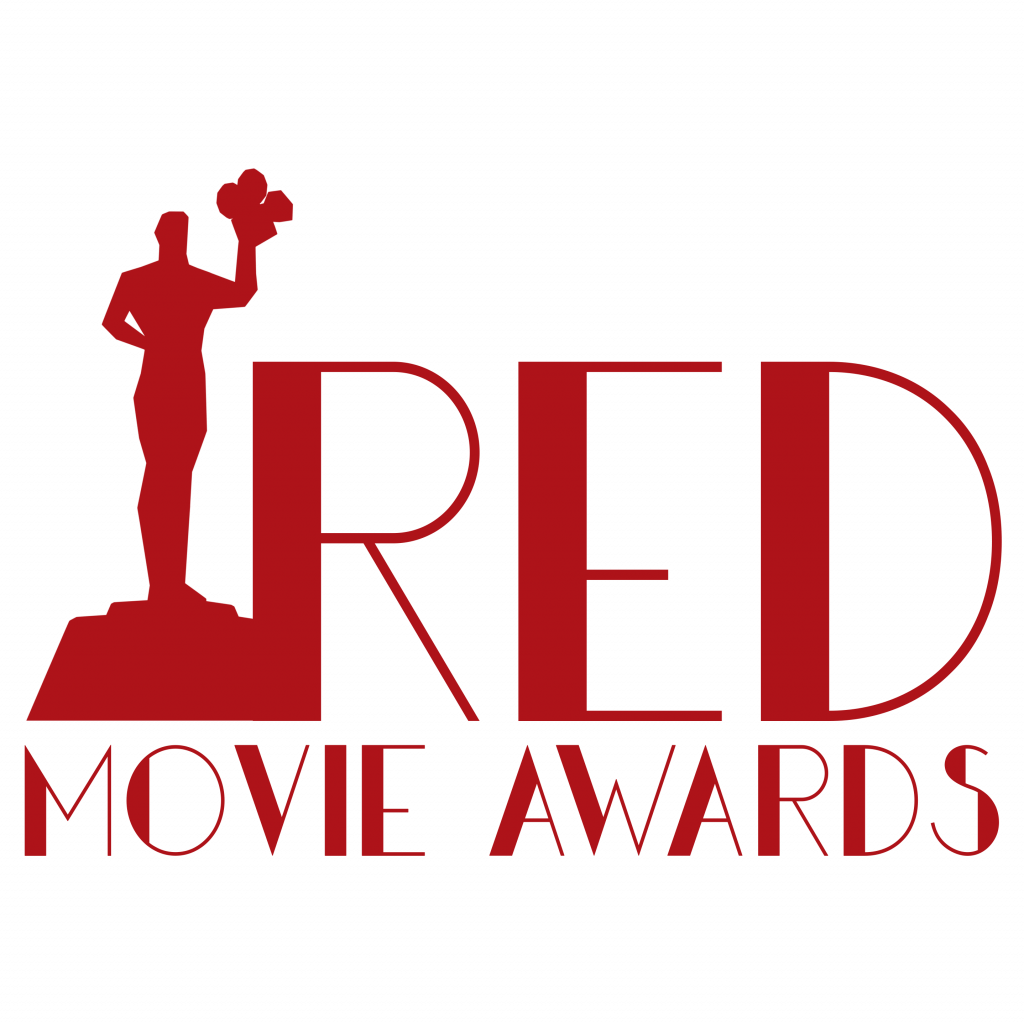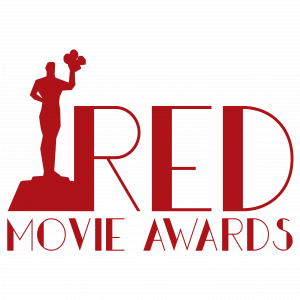THE INTERVIEW
January 3th, 2023
RY MALENA
DIRECTOR OF PEOPLE PERSON
BEST ANIMATION
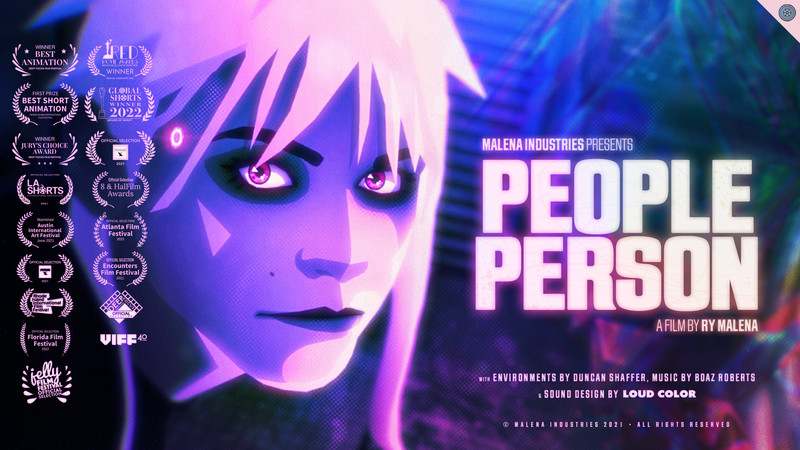
I’ve always been really obsessed with human behavior, and draw a huge amount of joy and inspiration from world building. Getting to drop original characters into strange, vibrant spaces… watching how they act, how they respond to one another, how their world views evolve over time… is an intoxicating process of creation and simulation, and I’ve found that directing is the most tactile way of tapping into that life source. Nothing is more exhilarating than when one of your characters does something you weren’t expecting… I’m really driven to uncover where their autonomy comes from. Where our autonomy comes from.
Nothing is more exhilarating than when one of your characters does something you weren’t expecting...
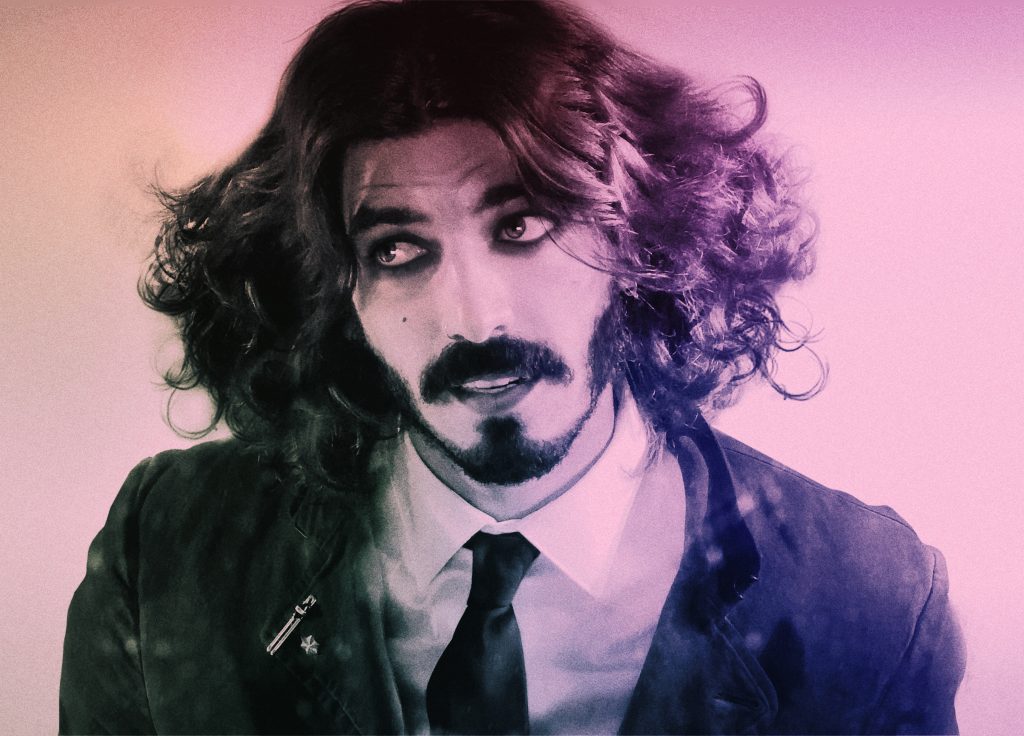
When I was working at my agency job a few years back, I was lucky enough to develop the marketing artwork for Season 1 of Netflix’s LOVE DEATH + ROBOTS… the first time I watched that batch of episodes, everything changed, man — I knew I wanted to do this. I wanted to make animated films that tackle mature themes and questions.
The playful, flamboyant aesthetics married with serious subject matter… it was brutally inspiring — so much so that I quit my job to pursue this dream. The passion took root immediately. I had never animated anything before, but given my background in graphic design and the Adobe suite, I was certain I could figure it out as I went along. After ironing out possible pipelines in short animation tests, I finally landed on an execution that I felt had legs; a look that I could really invest in and create an immersive experience with.
I started writing People Person and initially planned to produce the whole thing myself, but as the concept unfolded, it became clear that I wouldn’t make it out alive if I tried to build it on my own. To my overwhelming gratitude, a handful of friends and art school colleagues reached out and offered their creative services to make it possible. We became a real family by the end — I couldn’t have done it without them.
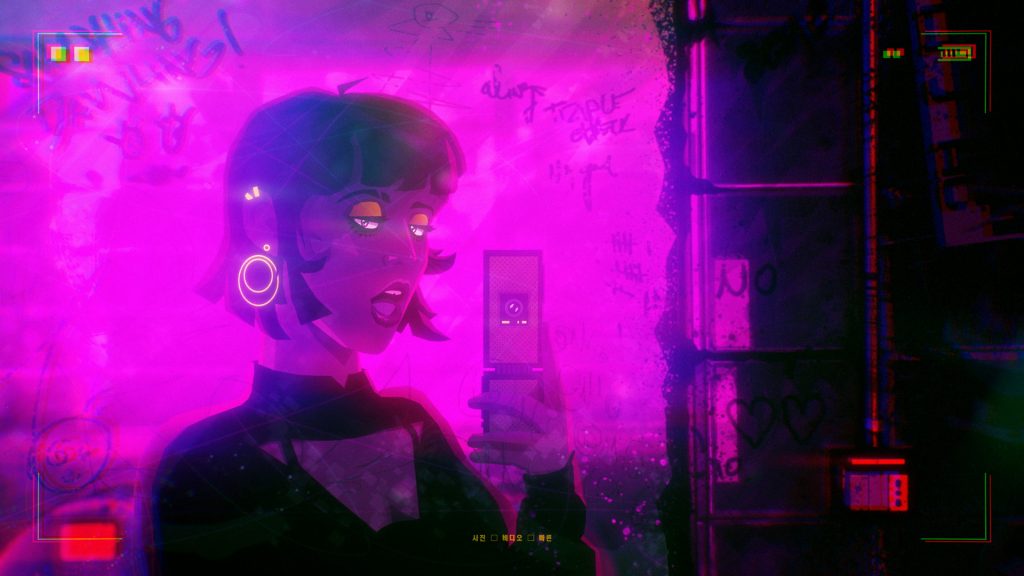
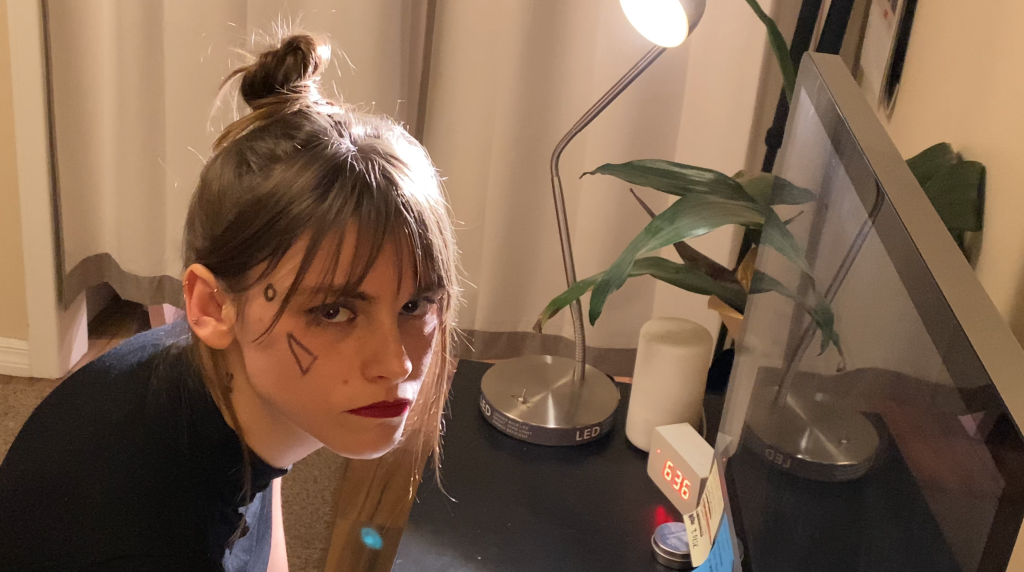
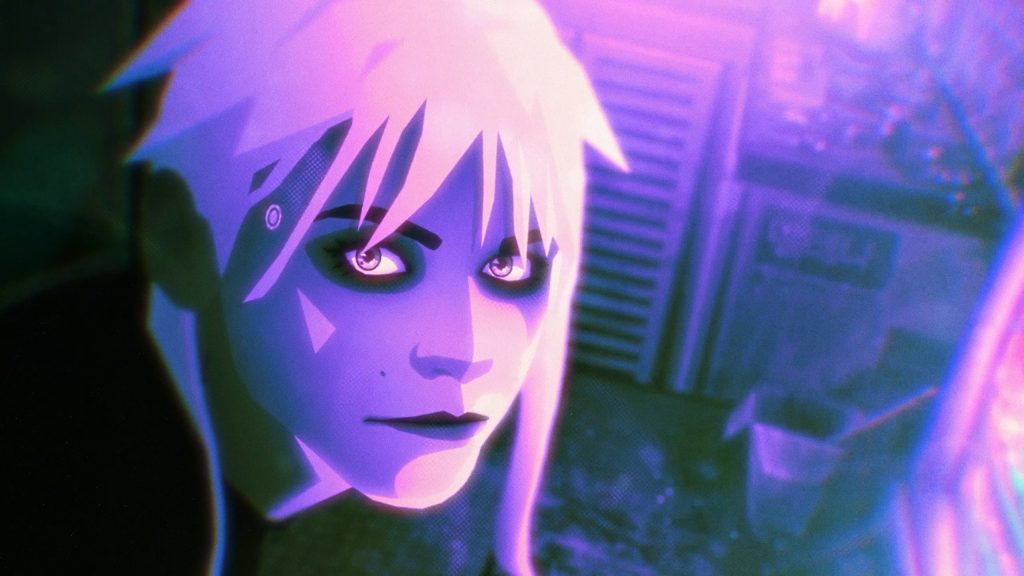
The playful, flamboyant aesthetics married with serious subject matter… it was brutally inspiring — so much so that I quit my job to pursue this dream. The passion took root immediately.
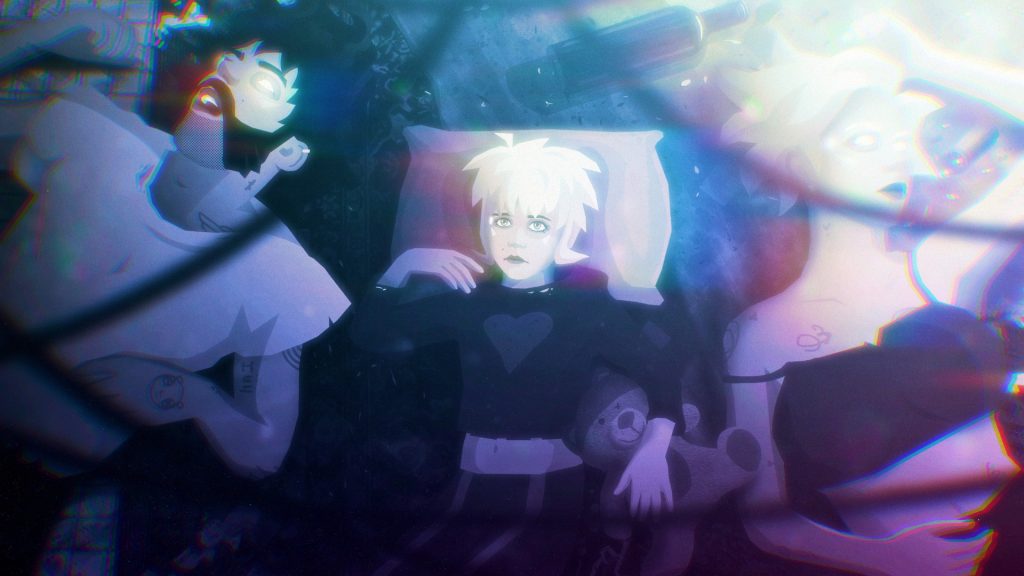
Yes indeed! We shot the entire film live action first (on iPhone) in my backyard and around Los Angeles, using friends and family for reference (and likenesses) — Cayla Hailwood gave us a really visceral performance that still blows me away. I cut the live action footage together as a complete film, then began tracing each shot frame by frame to create the character animations. We also brought on an intern, Carla Lopez, out of the Cal Arts animation program to help me with the rotoscoping, which was a really instructive experience for me as a director and artist. I had never had to explain the process of building characters in my style to another artist before — it really pushed me to develop a formula that is logical, succinct, and reproducible.
My Assistant Director Duncan Shaffer would then build the environments in 3D (with a ton of original ads designed by Kyle Jaynes and John Rinkenberg), and I would composite everything together at the end, adding in FX, camera movements, coloring, etc. Rotoscoping (like all animation) is an absolute labor of love, man… but it produces a really unique look that I can’t seem to shake off, despite the thousands of hours it takes to bring to life. Raynee Divjak, the saint, kept us motivated and on schedule.
Our visual style came together sort of by accident — we were improvising throughout the entirety of production, trying to figure out how the hell we were going to execute some of these shots without any big-studio experience. We generally want to be able to throw paint at the wall during every stage of animation and come at ideas from as many angles as possible… until we eventually arrive at a clear direction that we can’t ignore.
It’s rare that the final shot and original vision are exactly 1:1… you’ve got to let it evolve and tell you where it wants to go — the color palettes certainly came about that way. Constant, childlike taste-testing… that’s the main habit that got us here. Very excited to keep honing and maturing the process, now that we’re starting to know what we’re doing.
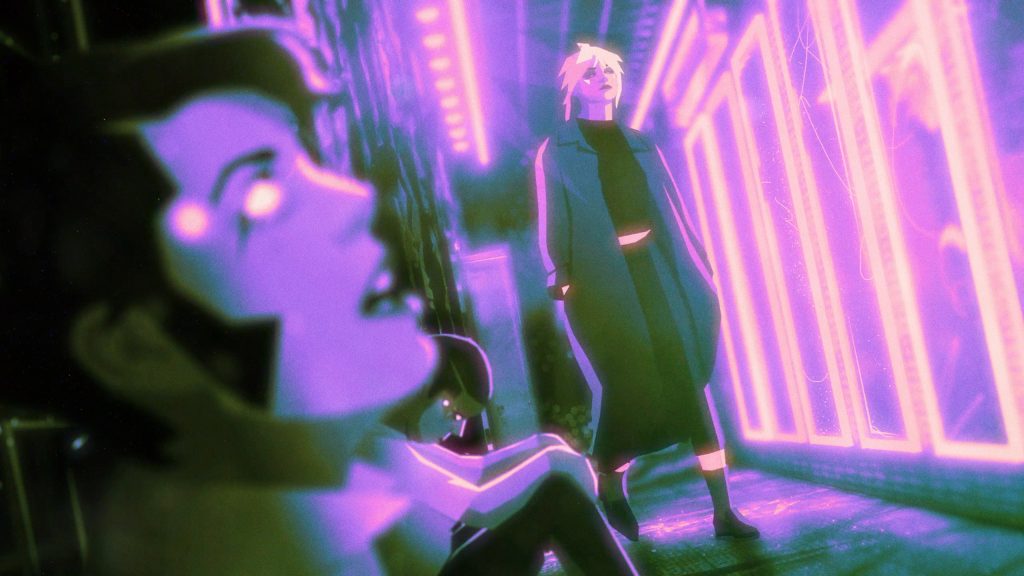
We shot the entire film live action first (on iPhone) in my backyard and around Los Angeles, using friends and family for reference (and likenesses) — Cayla Hailwood gave us a really visceral performance that still blows me away.
This film was built almost entirely in quarantine during the pandemic, and I think people immediately empathize with that feeling of isolation after being forced into our own internal worlds for 2 years. It’s also easy to see the potential dark sides of VR, AI, and social media these days, so it felt natural to marry these elements of escapism together in a sci-fi story.
I think we’re all feeling a teetering between sanity and insanity as a species at the moment… a whole lot of growing pains going from one stage of evolution to the next… People Person is a reaction to that uncertainty, as well as a hopeful reminder that we are all we have and need. Let’s not forget what it feels like to hug someone when spending all our waking moments in the metaverse.
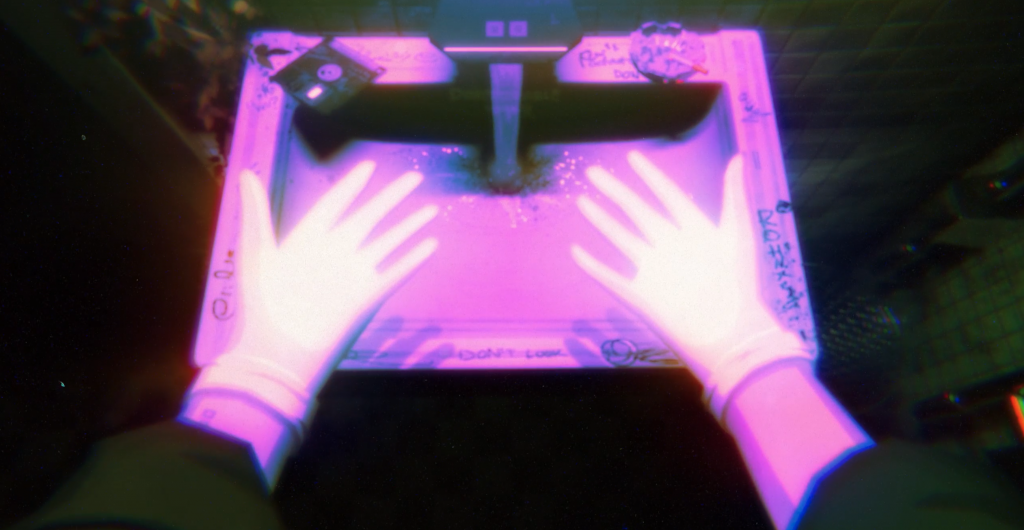
We’re really grateful to have worked with Jesse Springer at Loud Color on the sound design. He understood the vision immediately, and brought a level of immersion and quality to the film that really elevated the entire project as a whole. The film moves pretty fast, particularly in the third act, and it’s a credit to his sound design that we got away with that pace. Jesse’s got great instincts and an inspiring work ethic — excited to work with him again on future projects.
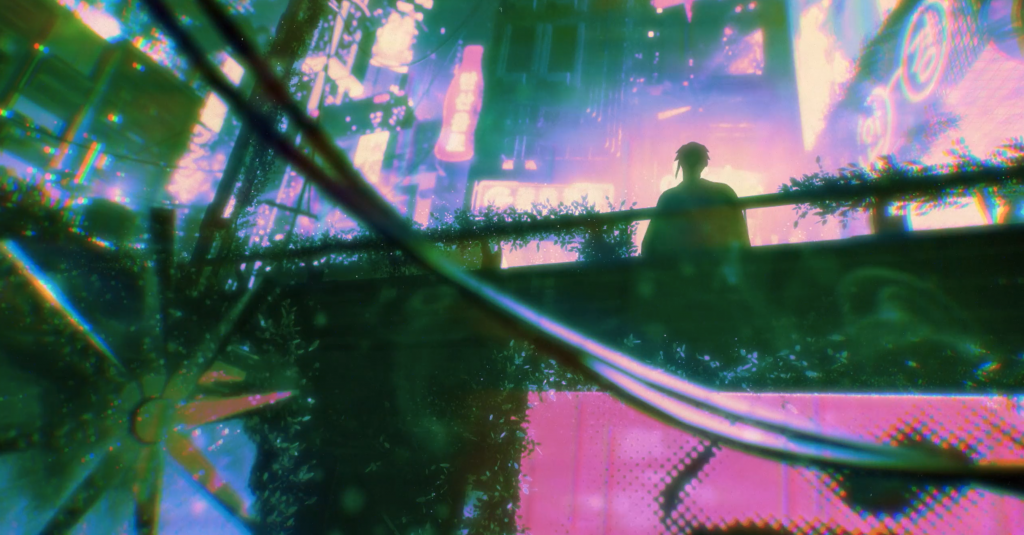
A lack of budget — without question. The creative complications are always thrilling, but the financial restrictions are… less rapturous to navigate, shall we say?
My team and I are passionately committed to building high quality, honest, original stories, and we’re willing to move mountains to get there… but without proper funding, it’s difficult to maintain timelines, grow as a studio and tackle large-scale visions.
A priority of ours right now is developing our business plan and laying the proper foundation for scaling up production, so if you know anyone looking to support a guerrilla indie team of reality-obsessed animators, give them my number. We want this family and these stories to grow and flourish.
This film was built almost entirely in quarantine during the pandemic, and I think people immediately empathize with that feeling of isolation after being forced into our own internal worlds for 2 years.
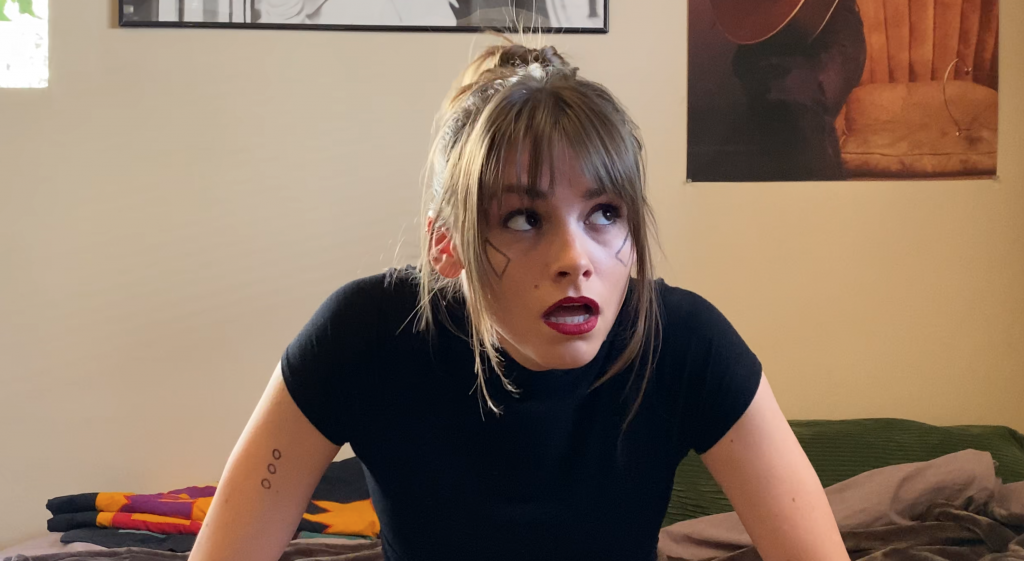
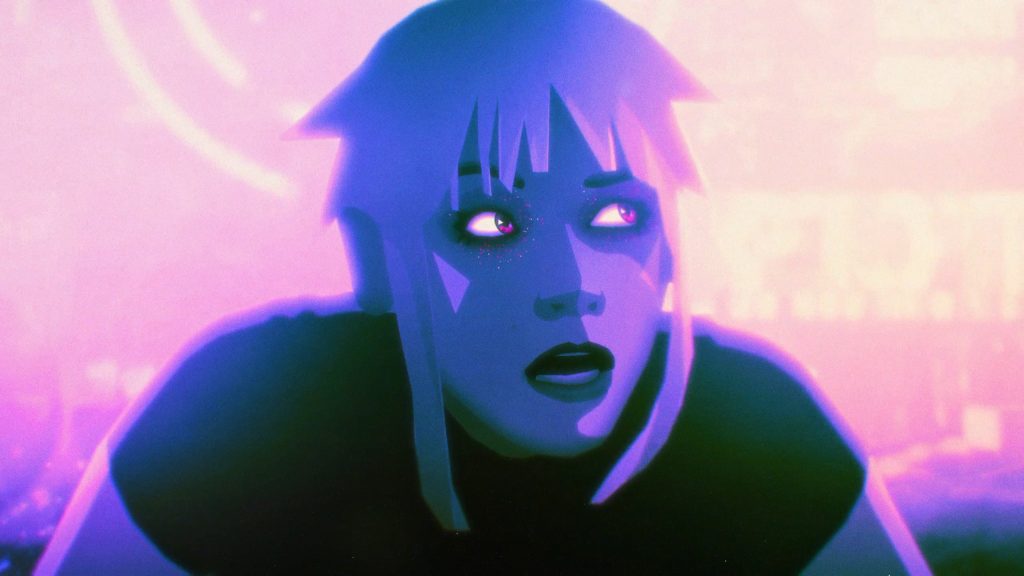
We’re currently working on a series about liminal spaces that we’re all very giddy about. The team is aiming to increase the fidelity of our animation across the board: characters with higher levels of detail, more intricate camera work, and the exploration of multiple genres within a single series (horror, drama, fairytale, romance, comedy). Liminal spaces have this unsettling infinity about them that really opens the door for a lot of diverse tales… we’re leaning into it as hard as we can.
Stay tuned!
